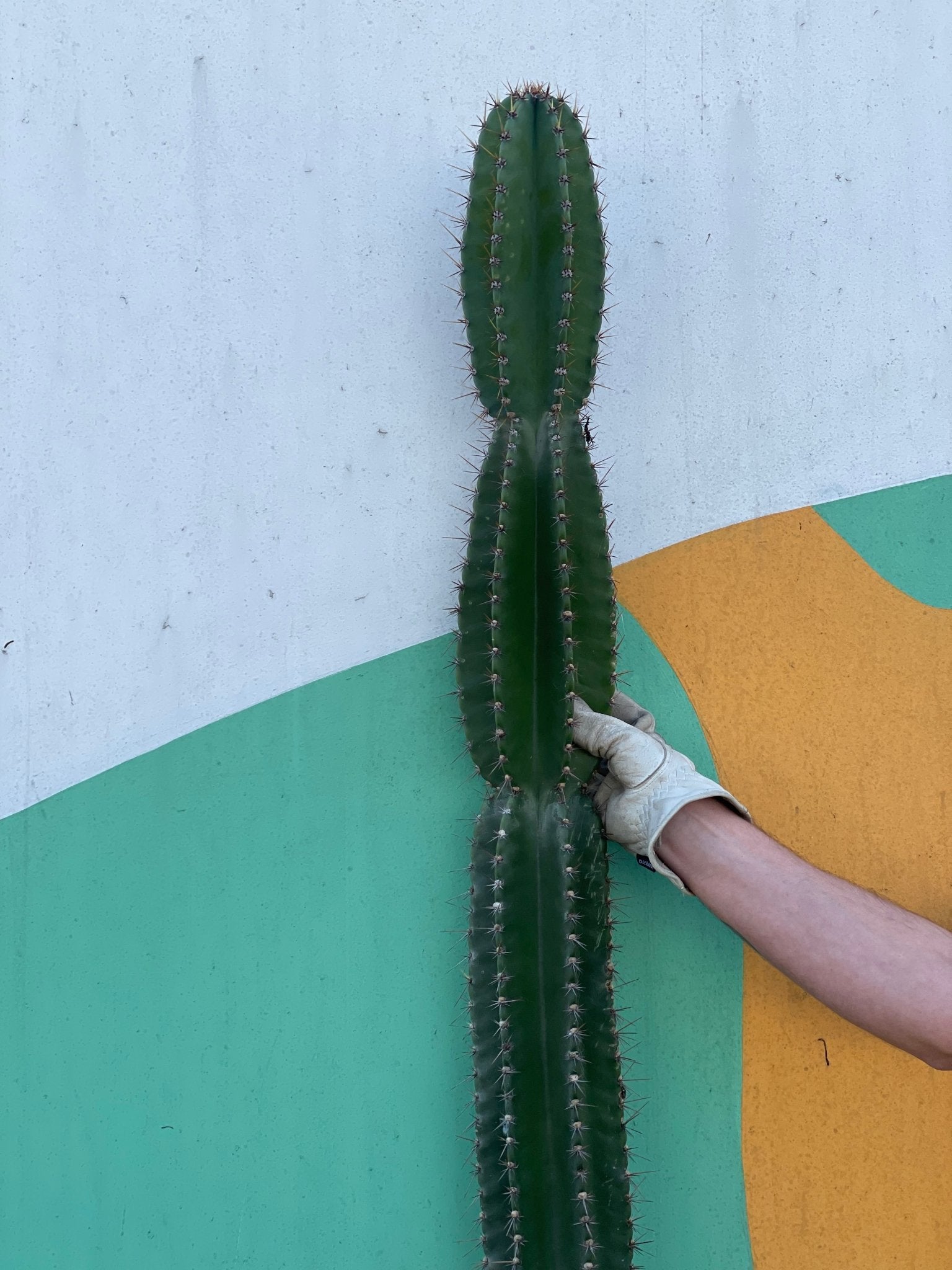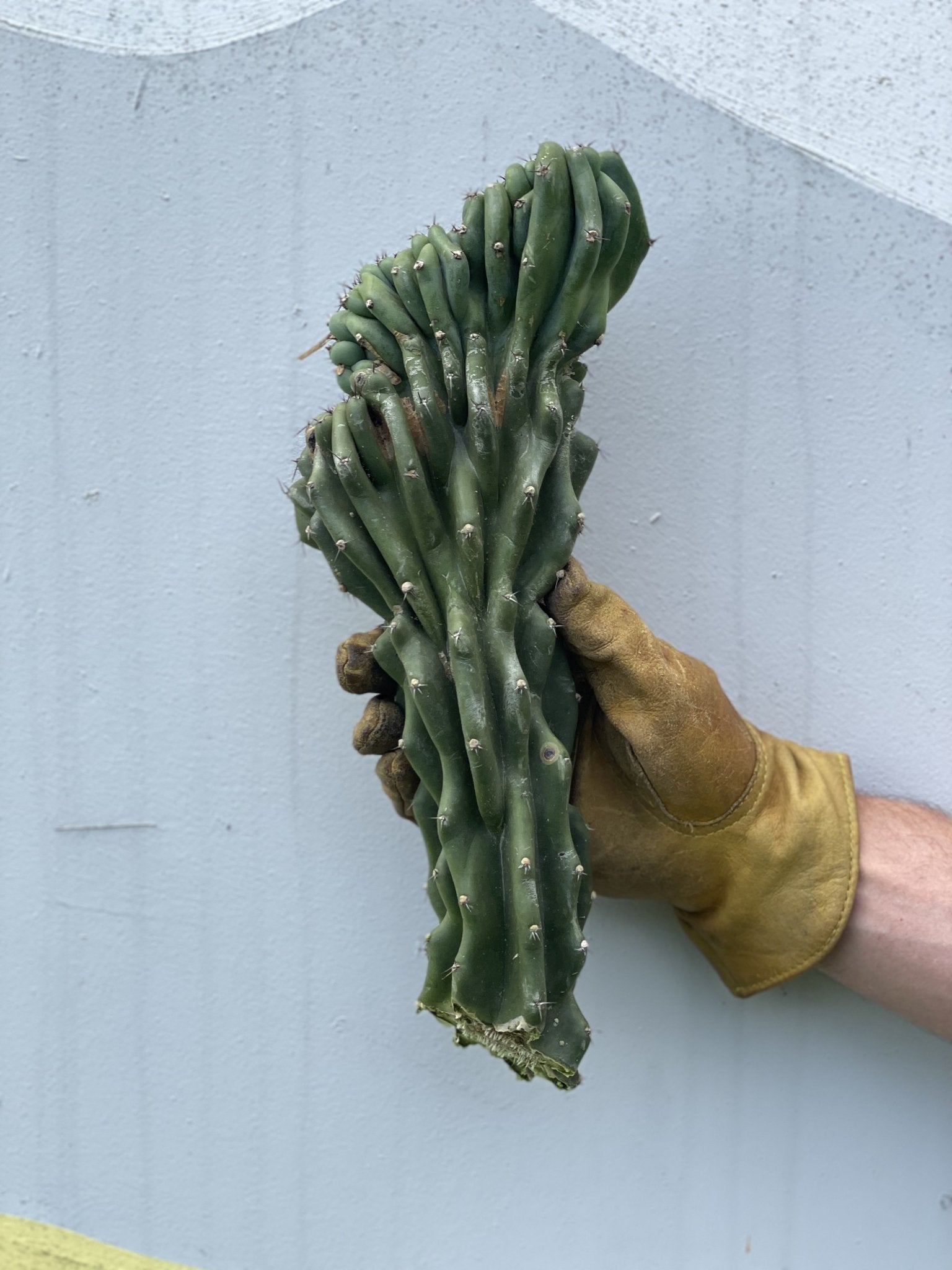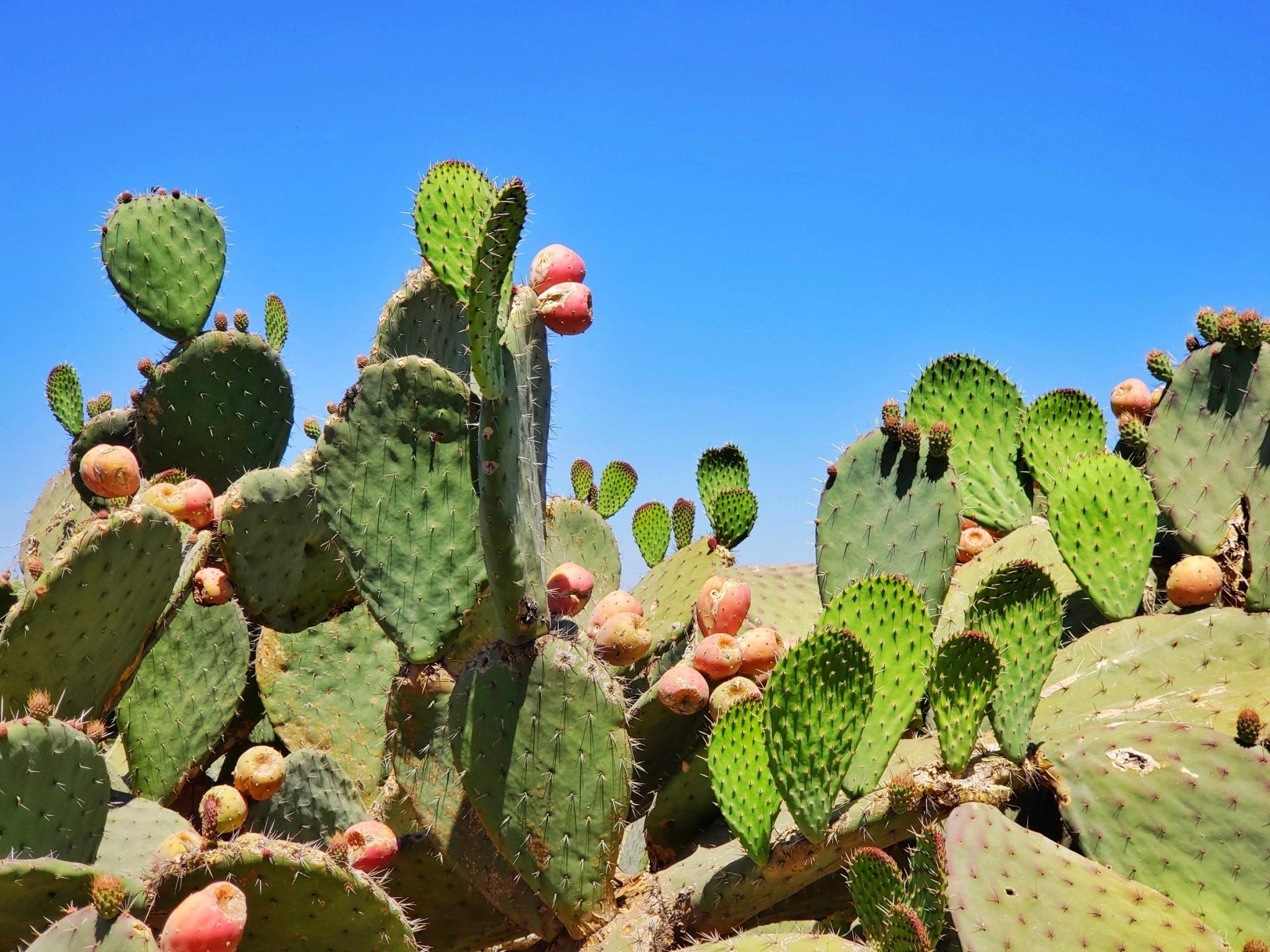The chances are that the medicinal value of cacti isn’t the first thing that comes to mind. However, there’s more to them than spines. Surprisingly, some species offer excellent nutritional value as rich sources of calcium, potassium, and vitamin A. Their fleshy pads could also provide a potential water source being succulents. After all, they contain over 94 percent liquid.
Many Latin American cultures have used them as food sources. You may even find the nopales or the flat pads at your local grocery store. However, cacti have another side to their history that goes beyond food.
The Fascinating Side of Cacti
Undoubtedly, the unusual characteristics of cacti are part of its mystique. It’s perhaps a reason why people may have wanted to learn more about them.
Cacti don’t have leaves but spines instead. They can grow in odd shapes and get very tall. Cacti are also long-lived. These plants can live in some of the harshest environments on the planet certainly makes them worthy of respect.
Cacti are succulents. They can store an astonishing amount of water even though they are shallow-rooted. Their waxy flesh and modified photosynthesis help them retain it despite the dry conditions around them. It’s only natural that people would seek them out for food.
Other uses followed for some of the most abundant plants in these areas. It wasn’t long before humans learned about their other properties. Cacti would eventually take a prominent place in religion and healing.
Medicinal Uses of Cacti
The Prickly-Pear Cactus (Opuntia humifusa) is one of the most common species in the eastern United States. American Indians used this plant medicinal for various uses, including as a poultice for wounds. It’s supported by the fact that it contains chemicals called betalains which have anti-inflammatory properties.
The San Pedro Cacti (Echinopsis pachanoi) has a similar history in Andean traditional medicine with its antimicrobial properties. However, it also contains the psychoactive compound mescaline, the same ingredient found in peyote. Both species played a significant role in spirituality as a means to induce hallucinogenic visions.
Of course, you’re probably familiar with the so-called healing properties of Hedgehog Aloe (Aloe humilis ‘hedgehog’). Its use as a medicinal plant allegedly goes back to Alexander the Great, who used it for treating wounds. Scientific research has produced some promising evidence, although more work is needed to verify these findings.
Scientists have found pharmaceutical uses for other cacti species. Take the Senita Cactus (Lophocereus schottii) of the American Southwest, for example. Ingredients of the stems are used in medications to treat diabetes and some cancers. A product called NeOpuntia made from dehydrated leaves of the Indian Fig Cactus has shown cholesterol-lowering effects.
Final Thoughts
The history of cacti has only scratched the surface of their potential health benefits. Many go beyond their nutritional value. Some research has even suggested they may help prevent cardiovascular disease and have anti-cancer properties. What is clear is that there’s much more to be learned about these prickly succulents.
Disclaimer
Nothing in this article is medical advice, always consult a doctor before starting any treatments.












Leave a comment